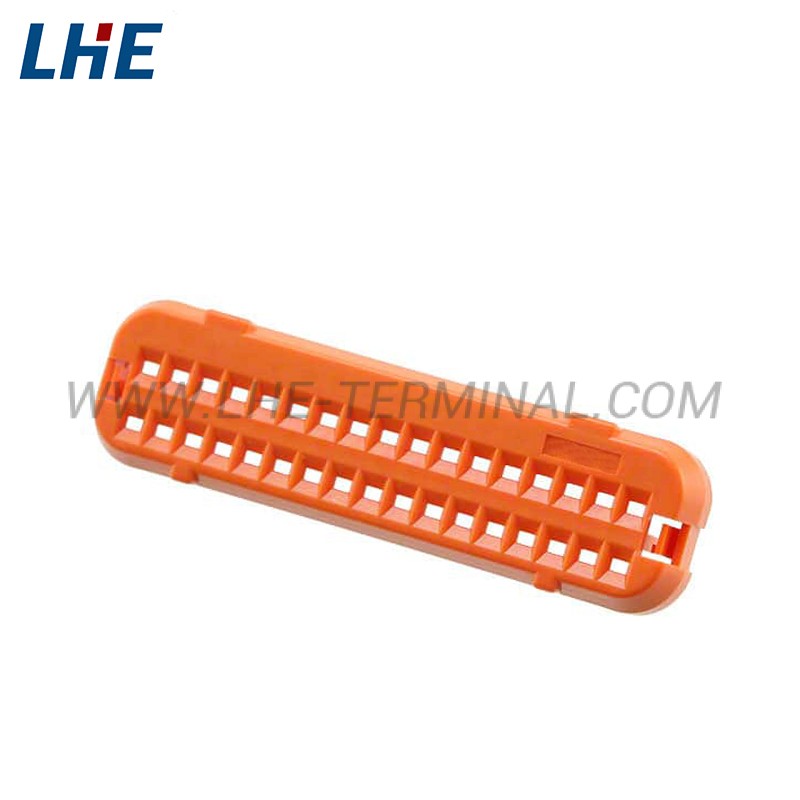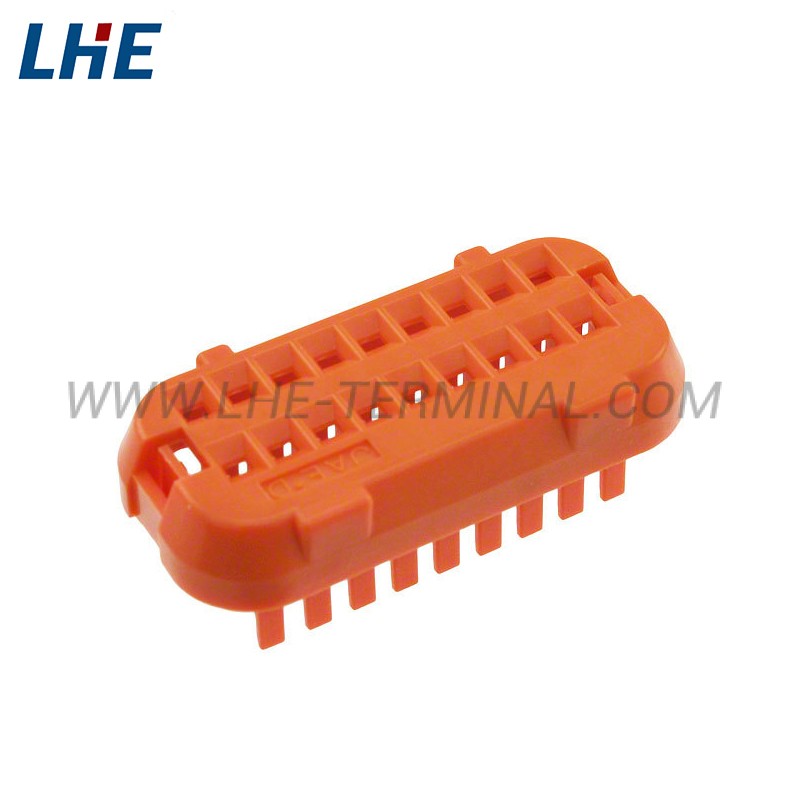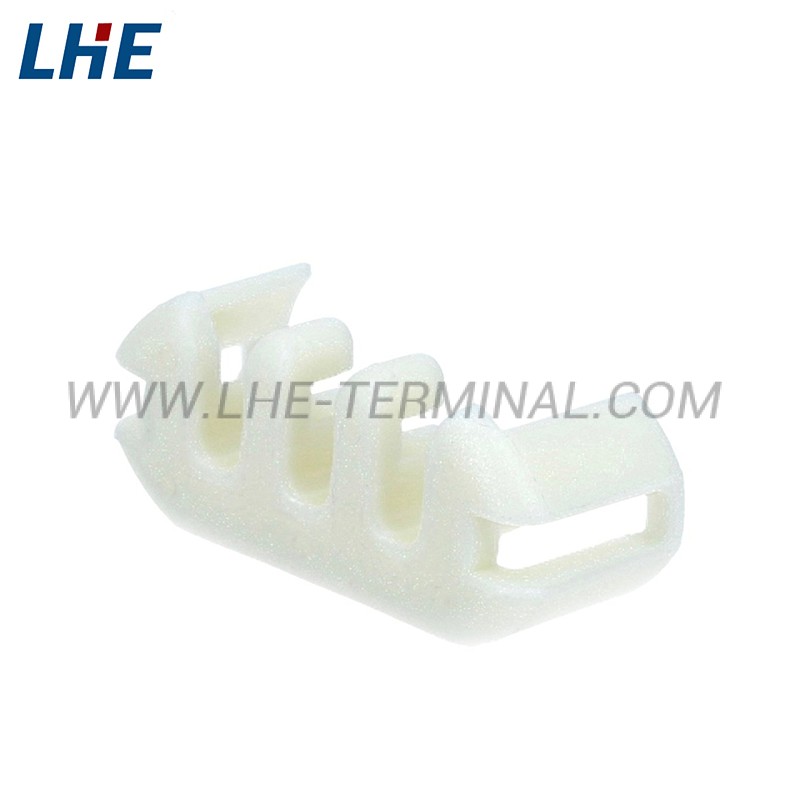How Connector Caps Help Prevent Corrosion
Corrosion is one of the most common and expensive issues in electrical systems—especially in vehicles, outdoor equipment, and industrial machinery. It happens when moisture, dirt, or chemicals sneak into your electrical connectors and start breaking things down from the inside. That’s where connector caps come in.
A good connector cap acts like a barrier. It seals off the open end of a connector or an unused port, keeping out water, dust, salt, and other contaminants. This small but important component helps maintain a clean, dry environment inside the connector, which is key to stopping corrosion before it starts.
Over time, even a tiny bit of moisture can cause metal contacts to rust or oxidize. In automotive or marine environments, where connectors are exposed to constant vibration and changing temperatures, corrosion can creep in fast.
Using the right wire connector caps is a simple, affordable way to avoid bigger problems down the road—like damaged wiring harnesses, fried circuits, or replacement costs for sensitive electrical components. So if you want to extend the life of your electrical systems and avoid surprise downtime or repair bills, don’t overlook the importance of a good-quality cap.

Protect What Powers You
When it comes to electrical systems, even the smallest detail can make a big difference. That’s where our connector caps and wire connector covers come in. These simple add-ons help keep your wiring protected, your connections stable, and your downtime to a minimum—whether you’re in the garage, on the road, or out in the field.
Choosing the Right Protection for Your Electrical Systems
Not all protection is created equal—and not every electrical connection needs the same kind of cover. When it comes to safeguarding your connectors, it’s important to pick the right solution for your setup. Whether it’s a connector cap, a seal, or a wire cover, here’s a quick tip to help you decide:
Connector Caps
These are perfect for sealing off unused connector ports or covering exposed terminals. They’re ideal when you want to keep dirt and moisture out of places that aren’t always connected.
Best for:
- Protecting unused ports
- Temporary covers during maintenance
- Blocking moisture and dust in outdoor or mobile setups
Seals
Seals are built into the connection itself—often in the form of rubber gaskets or ring seals inside the connector. They create a tight fit between the connector halves and help keep water and debris out when the connection is in use.
Best for:
- Active, in-use connections
- Environments with lots of vibration or movement
- Long-term sealing in critical systems
Wire Covers
Wire connector covers are broader in shape and can cover the entire connector housing or even multiple wires. They offer additional protection against abrasion, UV exposure, and external impact.
Best for:
- Harsh industrial or off-road environments
- Grouped wires or large connectors
- Protecting from physical damage
























